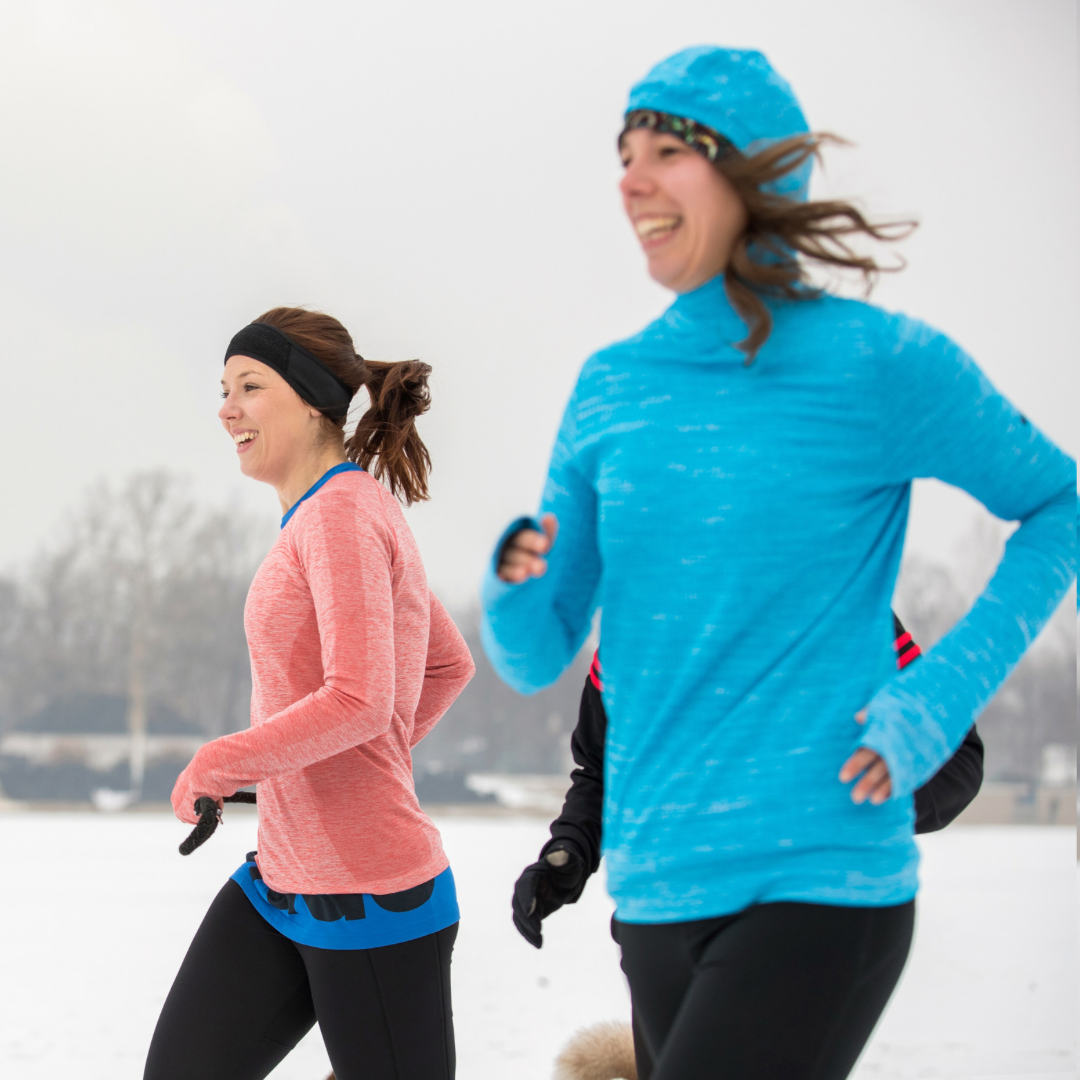Can Winter Workouts Boost Your Mood?
Working out in cold weather can indeed have a remarkably positive impact on your mood and overall wellbeing.
Working out in cold weather can indeed have a remarkably positive impact on your mood and overall wellbeing. Engaging in physical activity outdoors during the colder months can lead to several beneficial outcomes that enhance both mental and physical health. Firstly, exposure to cold temperatures during exercise can significantly enhance the release of endorphins, commonly referred to as "feel-good" hormones. These powerful chemicals interact with the receptors in your brain to effectively reduce the perception of pain and trigger an array of positive feelings. This natural increase in endorphins can contribute to elevating your mood and significantly reducing symptoms of anxiety and depression.
Secondly, participating in winter workouts can help combat seasonal affective disorder (SAD), a specific form of depression that is often related to the change in seasons and the reduced amount of daylight. Cold weather exercise allows you to soak up any available sunlight, which is crucial for boosting serotonin levels—a neurotransmitter that plays an important role in contributing to feelings of happiness and well-being. Even on those overcast days, spending time outdoors can be beneficial, as breathing in the fresh outdoor air has a revitalizing effect on both the mind and body.
The brisk air, the crunch of snow underfoot, and the invigorating chill can heighten your awareness of your surroundings.
Additionally, exercising in a cold environment can encourage mindfulness and presence. The brisk air, the crunch of snow underfoot, and the invigorating chill can heighten your awareness of your surroundings. This sensory experience helps you stay engaged in the moment, allowing for a much-needed mental reset amid the hustle and bustle of daily life.
Moreover, the profound sense of accomplishment that comes from sticking to a workout routine despite less-than-ideal weather conditions can greatly enhance your self-esteem and resilience. It fosters a robust mindset of perseverance, which can positively spill over into other areas of life, further boosting emotional health and your overall sense of wellbeing.
When it comes to outdoor workouts in colder weather, choosing exercises that keep you warm and elevate your heart rate is essential. Here are some of the best options:
Running clubs and groups are a great way of maintaining social interaction during the colder less sociable months.
1. Running or Jogging
Running in colder temperatures can be invigorating. Dress in layers to maintain warmth, and consider a good pair of thermal running tights and a moisture-wicking base layer. Running clubs and groups are also a great way of maintaining social interaction during the colder less sociable months.
2. Hikes
Hiking is a fantastic way to enjoy nature while getting a workout. Opt for trails that provide a bit more challenge to keep your body warm and burn more calories.
3. Cycling
Cycling in the cold requires the right gear, including insulated gloves, warm jackets, leg warmers. Choose a rugged terrain for added intensity and make sure you always wear a helmet.
4. Circuit Training
Set up a circuit with exercises like burpees, push-ups, and jumping jacks. The combination of strength and cardio will keep your heart rate up and generate heat in your body.
5. Skiing or Snowboarding
If you have access to slopes, these winter sports are excellent full-body workouts that also allow you to enjoy cold weather.
Time sports have the added benefit of building relationships and increased social activity as games and training can often be followed by team meet ups.
Cycling in the cold requires the right gear, including insulated gloves, warm jackets, leg warmers.
6. Team Sports
Engaging in team sports such as soccer, ultimate frisbee, or rugby can provide a great workout while keeping you motivated and warm through movement. You also have the added benefit of building relationships and increased social activity as games and training can often be followed by team meet ups.
7. Outdoor Boot Camps
Join a boot camp that meets outside. The group dynamic and varied exercises will help you stay engaged and warm.
8. Bodyweight Training
Focus on bodyweight exercises in a park or your backyard. Movements like squats, lunges, and planks can be performed anywhere and require minimal equipment.
Focus on bodyweight exercises in a park or your backyard.
A brisk walk can be beneficial to your overall health and wellbeing as increased movement keeps your metabolism high whilst the cooler temperatures help to reset your nervous system.
9. Walking
Even a brisk walk can be beneficial to your overall health and wellbeing. The key is to keep a steady pace and dress in layers to maintain body heat. Always remember to warm up properly before exercising in the cold, and pay attention to your body’s signals to avoid overexertion or injury. Staying hydrated is just as important in cooler temperatures, so keep water on hand as well.
When working out outside always wear appropriate gear. This can include thermal layers, gloves, and hats to retain heat.
Tips for Exercising in Cold Weather:
Always warm up indoors before heading outside to prepare your muscles.
Wear appropriate gear, including thermal layers, gloves, and hats to retain heat.
Stay hydrated, as dehydration can occur even in cold weather.
Listen to your body; if temperatures are extreme or conditions are unsafe, consider moving workouts indoors.
By selecting appropriate exercises and dressing wisely, you can stay active and healthy throughout the colder months.
In conclusion, working out in cold weather can significantly improve mood and wellbeing through the release of endorphins, increased exposure to sunlight, enhanced mindfulness, and a stronger sense of achievement. By embracing the chill and choosing to stay active, you can invigorate your body while also uplifting your spirit, creating a rewarding experience that enriches your overall quality of life.













